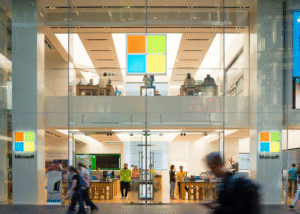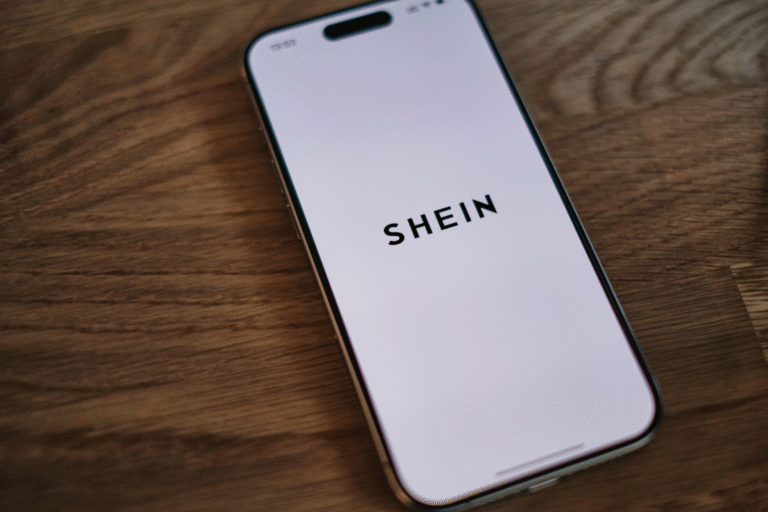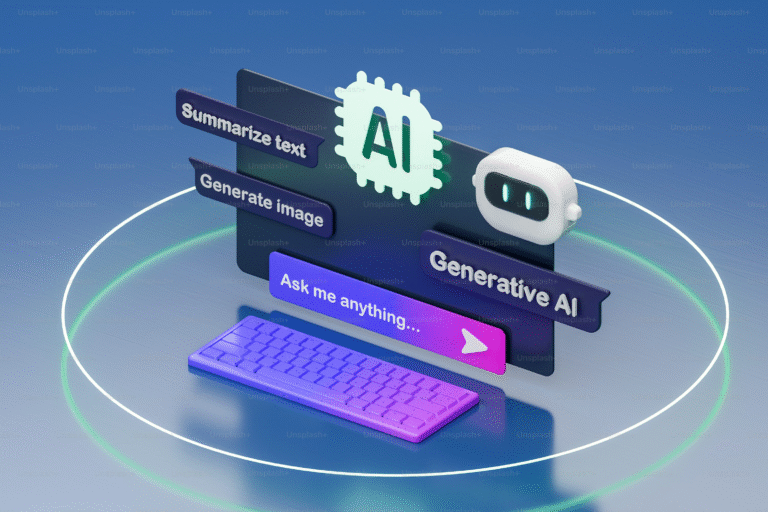Imagine this: a tiny robot flying over the streets of London, zipping through the air carrying something incredibly important—blood samples. This isn’t science fiction; it’s happening right now. Hospitals in London are beginning to use drones to courier blood samples between medical centers, making things faster and more efficient.
Why Use Drones for Blood?
The roads in London can get pretty crowded, and when hospitals need to send blood samples for testing, traffic can cause big delays. Right now, samples are usually sent by vans or motorbike couriers. This method can take more than 30 minutes, even though the hospitals are just two miles apart. The longer it takes, the longer doctors have to wait for important results. But drones can do the same trip in under two minutes. That’s a huge time saver!

Hospitals need to get blood samples analyzed quickly, especially for patients undergoing surgery or those who have serious bleeding disorders. These patients need fast results to ensure they get the best care possible. By using drones, doctors can get test results much faster, and that could make a big difference in how quickly they can treat patients.
Who’s Behind This Project?
The pilot project (a trial run) is being carried out by Guy’s and St Thomas’ NHS Foundation Trust. They want to test if drones can successfully deliver blood samples without any problems. If this works, it could pave the way for drones to carry other medical supplies like medicines, organs for transplant, and other urgent items.
This six-month project is starting later this autumn and will be watched closely by medical professionals and technology experts alike. It’s being regulated by the Civil Aviation Authority, meaning it will follow strict rules to make sure the drones are safe to fly.
How Does It Work?
The drones are small and light, but they can carry precious cargo like blood. The blood is packed securely to ensure it doesn’t get damaged or contaminated during the flight. Once packed, the drone flies from one hospital to the other, dodging the traffic below.
Currently, the journey between Guy’s Hospital and St Thomas’ Hospital, both located in central London, can take over 30 minutes by road. But with the drones, the same distance can be covered in less than two minutes! The time saved means patients can get treated faster, which is crucial in urgent cases.
What Are the Benefits?
Aside from the obvious time savings, there are a few other important benefits to using drones for medical deliveries. First, it reduces traffic. Every drone flight means one less car or van on the road, which helps reduce congestion in a busy city like London.
Second, drones are better for the environment. They don’t use gas like cars or motorcycles, so they help reduce pollution. Guy’s and St Thomas’ NHS Foundation Trust is proud to be leading the way in using this green technology. According to Prof. Ian Abbs, the trust’s chief executive, this pilot program is part of their larger mission to provide the best patient care while also improving sustainability.
Third, it’s just faster. In healthcare, time is critical, especially in emergencies. Faster delivery of blood samples means doctors get results quicker, and that means patients get treated faster.
Drones Could Be the Future of Hospital Deliveries
If this pilot project goes well, drones could be used for all sorts of medical deliveries, not just blood samples. In fact, there’s already research showing that drones can safely transport blood stocks between hospitals. A recent project by NHS Blood and Transplant tested whether drones could deliver blood between Northumbria Healthcare NHS Foundation Trust’s hospitals. The results were promising: the blood transported by drone was just as safe and usable as the blood delivered by road.
This is big news because if drones can handle delicate deliveries like blood, they could also be used to deliver other things, like medicines, organs for transplants, or even medical equipment. This could totally change the way hospitals handle deliveries, especially in emergencies.

What’s Next?
The current project in London is just the start. Soon, other hospitals across the city and even the country might start using drones for deliveries. Right now, hospitals still rely heavily on road couriers, but if this new technology proves to be reliable, we could see a lot more drones in the sky.
A similar trial for delivering blood platelets is already being planned. Platelets are a key part of the blood that helps with clotting, so they are just as important to deliver quickly.
Are Drones Safe for Medical Deliveries?
One of the big concerns people might have is whether drones are safe enough to carry something as important as blood. After all, blood samples can’t be exposed to too much heat or be shaken around too much. Thankfully, the research so far shows that drones are up to the task. In the previous trial between hospitals in Northumbria, tests showed no significant differences in the blood transported by drone versus by road. This means the blood was still good for use in medical treatments.
Of course, drones won’t replace all deliveries overnight. There will always be a need for traditional couriers, but as technology improves, we could see drones handling more and more urgent deliveries.
The Future is in the Sky
It’s exciting to think about how drones could change the way hospitals operate. Right now, they’re just carrying blood, but who knows what they’ll be delivering next? Maybe in the near future, if you visit a hospital in London, you’ll see a drone whizzing by overhead, delivering life-saving supplies in the blink of an eye.
With this new technology, the future of healthcare is looking faster and more efficient than ever before.











